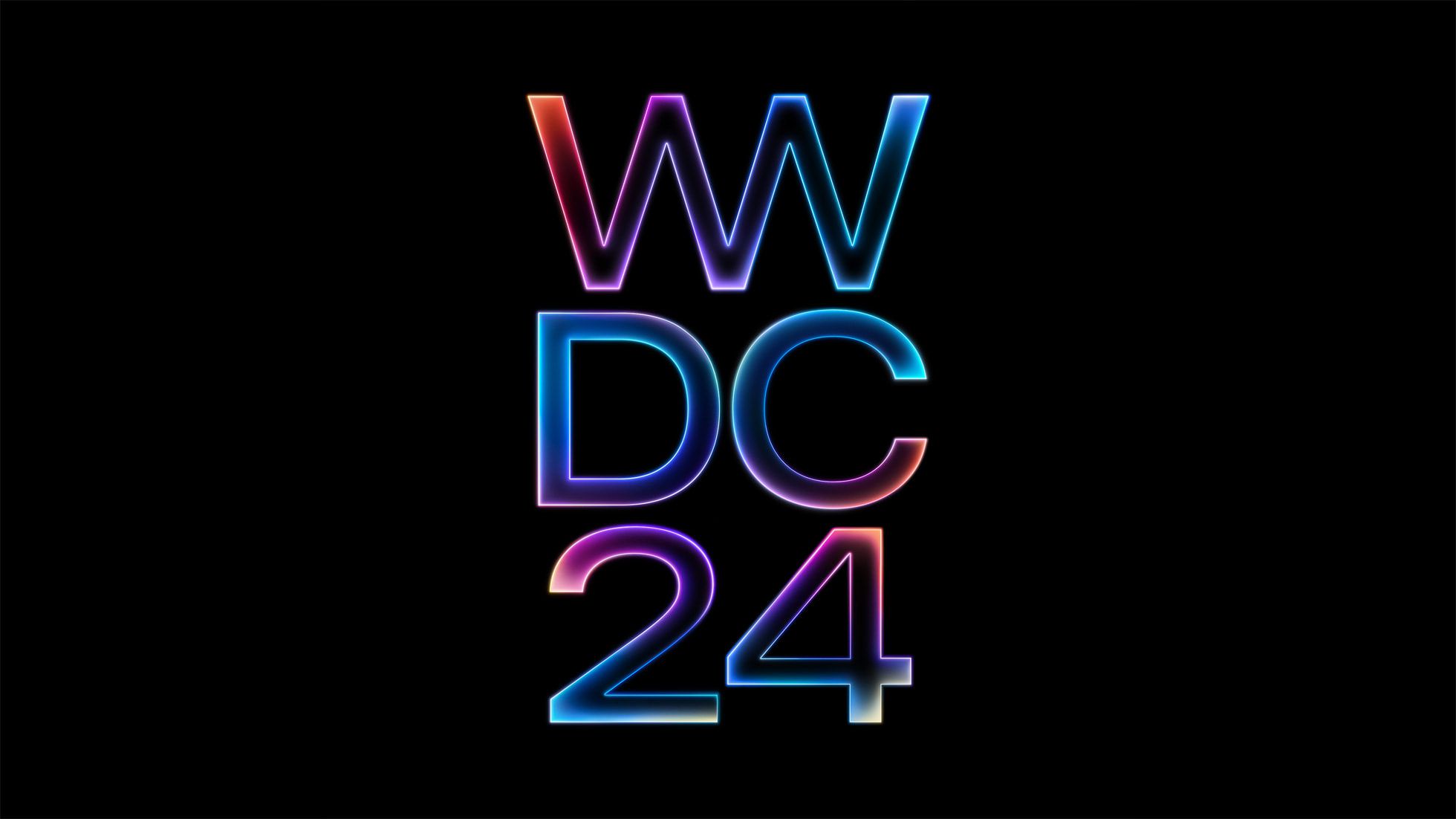
In recent developments within the digital art and cryptocurrency sphere, Bored Ape Yacht Club (BAYC) NFTs, widely recognized symbols of digital luxury and exclusivity, have experienced a severe price downturn. Reports indicate a staggering 50% decrease in value since March 1, leading to a record low with a sub-10 NFT floor price. This dip marks a significant shift for the collection backed by Yuga Labs, which made its debut in April 2021.
BAYC’s journey began with much fanfare, quickly becoming a coveted asset among NFT enthusiasts and collectors. However, the latest figures paint a different picture with the floor price tumbling to 11.1 Ether (ETH), representing a drastic fall of more than 90% from its zenith recorded in August 2021. The collection once boasted a peak floor price of 128 Ether (ETH) on May 1, 2022, showcasing the high demand and valuation it commanded in the market. The current valuation echoes the early days following its launch, scrutinizing the volatile nature of the NFT market.
The dwindling demand for art NFTs has been pinpointed as a primary reason for the sharp decline in BAYC’s valuation. Yet, there have been notable exceptions within the collection that defy the general downtrend. For instance, BAYC #830 fetched an impressive 504.3 Ether, highlighting the peculiar market dynamics where specific items within a collection can greatly exceed the floor price due to unique attributes or desirability among collectors.
The plummeting prices of BAYC NFTs have sparked intense debate among industry experts regarding the sustainability and future of digital art NFTs. LongHash Ventures co-founder Shi Khai Wei underscored the significance of integrating digital art NFTs with other sectors of the blockchain to bolster their value and appeal. As the market for NFTs continues to evolve, the case of BAYC underscores the challenges and volatility inherent in the nascent digital art space.
This significant downturn in one of the most high-profile NFT collections signals a potential recalibration of value and interest within the digital art market. As the blockchain and cryptocurrency sectors continue to mature, the integration and cross-pollination with digital art and NFTs may indeed pave the way for new paradigms of value, utility, and recognition in the digital realm.
Source






